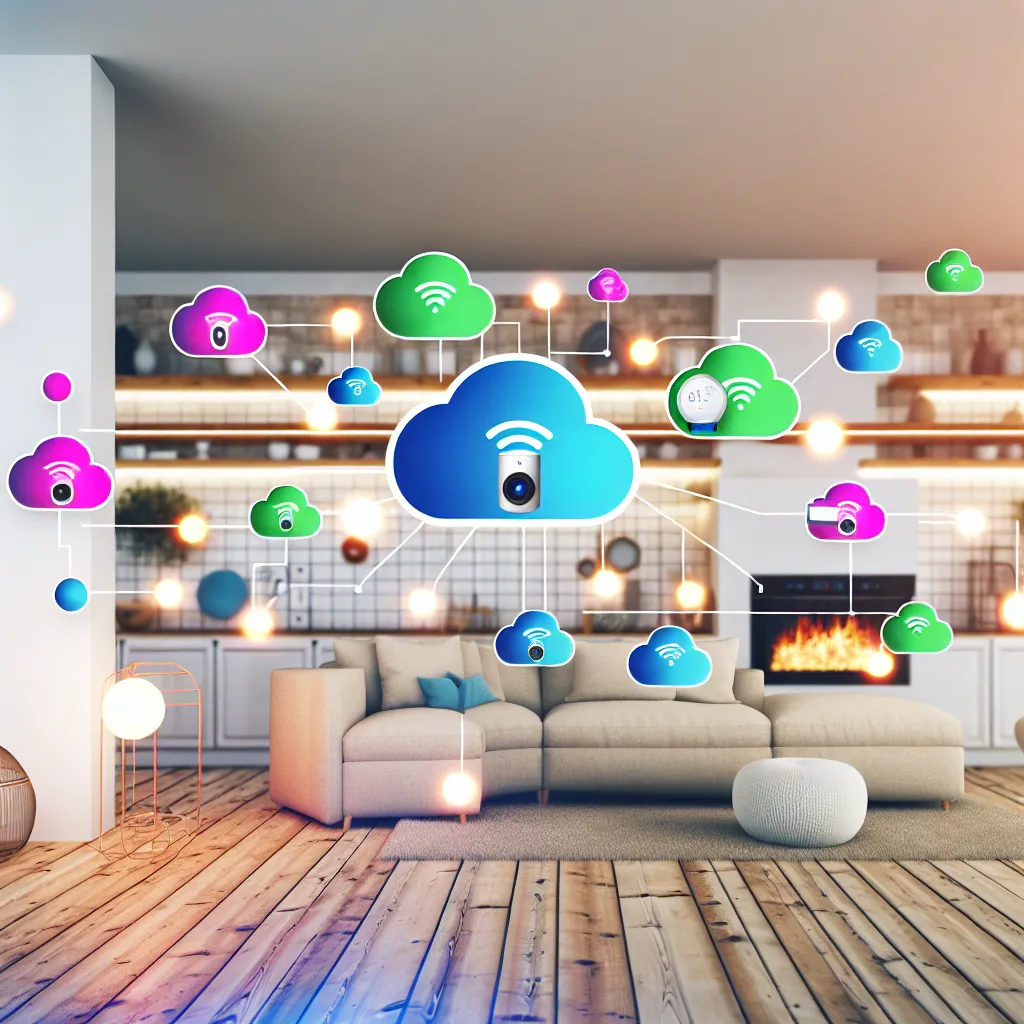Exploring the benefits of multi-cloud support for smarter, more flexible home automation
If you’ve ever set up smart devices at home, you know how frustrating it can be when everything is locked into one ecosystem or cloud service. That’s why the idea of smart devices supporting multiple IoT clouds is something I find genuinely interesting and useful. So, what does this actually mean? And why would it matter to you as someone who enjoys the convenience of smart home tech?
What Are Multiple IoT Clouds?
Think of an IoT cloud as the brain or the command center where your smart devices send their data and get instructions from. Usually, manufacturers create their own cloud services to handle their devices. But when devices only talk to one cloud, you’re stuck in that single system — which has its limits.
When smart devices support multiple IoT clouds, they can connect and work with several cloud platforms at the same time. This means your smart thermostat could simultaneously talk to Google Home, Amazon Alexa, and Apple HomeKit clouds if it supports all three. Pretty neat, right?
Why It Matters in Everyday Life
Having devices that support multiple IoT clouds adds flexibility. Let’s say you start with Amazon Alexa but later decide to add a Google Nest Hub or use Apple devices more. If your gear can only talk to one cloud, you end up replacing devices or missing out on features.
Multi-cloud support also gives you backups. If one cloud service is having an outage or maintenance, your devices might still work because they’re connected elsewhere. Plus, it can protect your privacy better by spreading data around or giving you control over which clouds get your info.
How Multiple IoT Clouds Can Enhance Your Setup
- Improved compatibility: You’re not limited to one brand or platform.
- Better automation: Combine strengths from different platforms for smarter home routines.
- Future-proofing: As new clouds or updates come along, your devices won’t become obsolete.
What Challenges Might Come Up?
It’s not all perfect, of course. Supporting many clouds adds complexity to smart devices. Manufacturers have to invest more in software development and security. Also, sometimes syncing information across clouds might cause hiccups or slower responses.
Where Is This Idea Headed?
Big players like Amazon, Google, and Apple have been improving interoperability with initiatives like Matter, which aims to standardize how smart devices communicate across ecosystems. The ultimate goal is allowing devices to work smoothly no matter which cloud they’re using.
If you’re curious, the official Matter website (https://csa-iot.org/all-solutions/matter/) offers a great overview of where smart home tech is heading toward better compatibility.
And to dive deeper, you can explore insights from trusted tech review sites like CNET (https://www.cnet.com/home/smart-home/) or the technology blog Ars Technica (https://arstechnica.com/gadgets/).
Final Thoughts
I like the idea of multiple IoT clouds because it feels like a step toward truly flexible, user-friendly smart homes. It keeps your options open and your devices working together without forcing you into one particular brand or service. If you’re into smart home gadgets, it’s definitely worth keeping an eye on this trend.
After all, your smart home should work for you, not the other way around.
